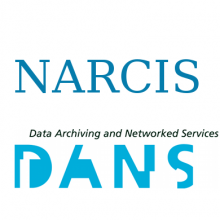Resource information
The 3rd FIG 3D-Cadastres Questionnaire was conducted and distributed by the end of 2018, with an extended deadline of 15th of January 2019. The questionnaire survey is a part of the FIG working group 3D-Cadastres activities for the period of 2018-2022.
The purpose of this survey is to prepare a comprehensive inventory of the current (2018) state of 3D Cadastres worldwide, to explore the near future (2022) plans and expectations in the field and to evaluate the progress during the past four years. Sharing and dissemination of this information, enable to improve cooperation, to learn from each other and to support future developments as well as to encourage collaboration between various countries and jurisdictions.
As can be determined from the title, this is the third time that the questionnaire on 3D-Cadastres is being carried out. The first version was administered in 2010 in order to document the status of 2010 3D Cadastres and of the then upcoming 2014 expectations. This was followed by a second questionnaire in 2014 (with status of 2014 and ambitions for 2018). The previous responses (van Oosterom et al., 2011; van Oosterom et al., 2014) were analyzed and reported at earlier FIG events (Working Weeks and workshops).
The structure of the 3rd questionnaire has remained rather similar. All of the sections and the numbering of the questions were preserved to allow straightforward comparison with the earlier questionnaires and identification of potential trends. A few questions have been refined for clarification and several new questions have been added at the end of the sections. In this paper the main results of the analysis of the submitted 2018-2022 questionnaire are presented together with an analogy drawn between the past and present responses.


